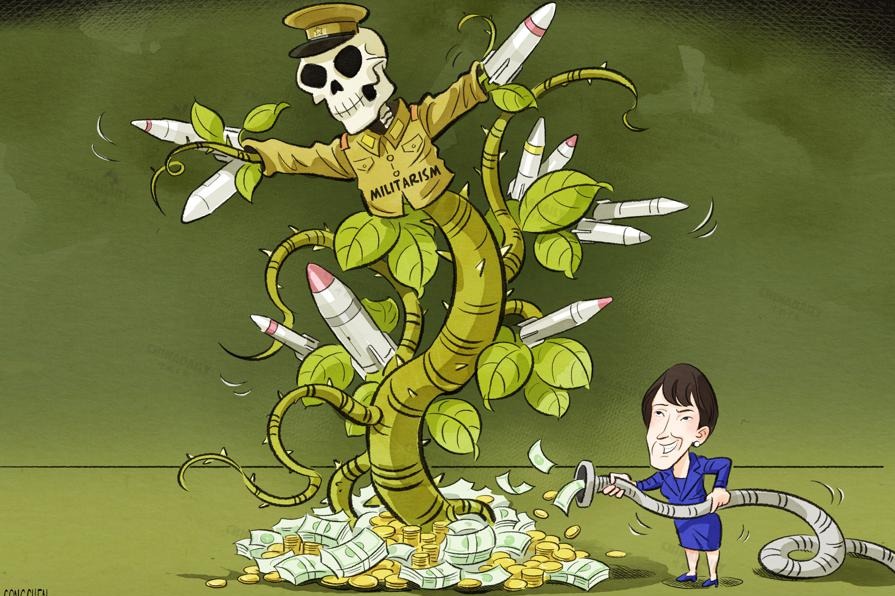Xiyong takes on vital role as logistics center
By Tan Yingzi | China Daily | Updated: 2017-10-21 06:58
A decade ago, Xiyong in Chongqing's Shapingba district was a large rural area.
But now, Chongqing Logistics City is taking shape, and it is poised to become a major international port zone in inland China.
On Wednesday morning, around 200 Party members working at the logistics city gathered to watch the live broadcast of the 19th National Congress of the Communist Party of China.
After listening to the report delivered by General Secretary Xi Jinping, they sang the song Ode to the Motherland together.
"The report was so inspiring," said Ni Huan, who joined the Party in 2001 and now works at the customs affairs department of the railway terminal.
"I am so glad that General Secretary Xi said that the Party will strengthen opening-up in western China under the Belt and Road Initiative. It will definitely give a huge boost to our port business."
As the only municipality in western China, Chongqing is at the intersection of the Belt and Road Initiative's trade route and the Yangtze River Economic Zone.
Thanks to its comprehensive transportation system spanning air, water and land, the city is also one of the nine key logistics centers in the country.
As the latest addition to China's free trade zones project, Chongqing plans to become pivotal in the country's western development campaign - the national effort to develop the vast western regions that house energy and mineral resources crucial to future growth.
In January 2011, the China Rail Express freight train to Europe made its debut from the logistics city's Tuanjiecun Railway Station, adding a faster and cheaper trade route between inland China and the West.
The nearly 11,180-kilometer link begins in Chongqing, crosses the border into Kazakhstan at Alashankou, the Xinjiang Uygur autonomous region, and passes through Kazakhstan, Russia, Belarus and Poland before reaching its terminus in Duisburg, Germany.
It cuts what was a five-week shipping period to about two weeks, and costs 80 percent less than airfreight.
By September, more than 1,200 trains trips have traveled between Chongqing and Europe, according to China Railway Corp.
Ni started to work at the railway terminal two years ago and has witnessed the fast development of the port.
"It has attracted cargo from neighboring provinces, and even some Southeast Asian countries, through our multimodal transportation system," she said.
A new rail-to-sea logistics link connecting inland China with Southeast Asia opened in September. The train will travel to Qinzhou port in the Guangxi Zhuang autonomous region, where the products will be shuttled on to Singapore and other countries.
"With further opening-up, our railway workers will surely benefit from the increasing international trade," said Lu Ling, who joined the Party in 2012 and deals with local freight services for China Railway Group's Chengdu bureau.
In the past five years, she said, the local train station has achieved "unprecedented" progress, building 11 new cargo rails and doubling the daily marshaling capacity.
























